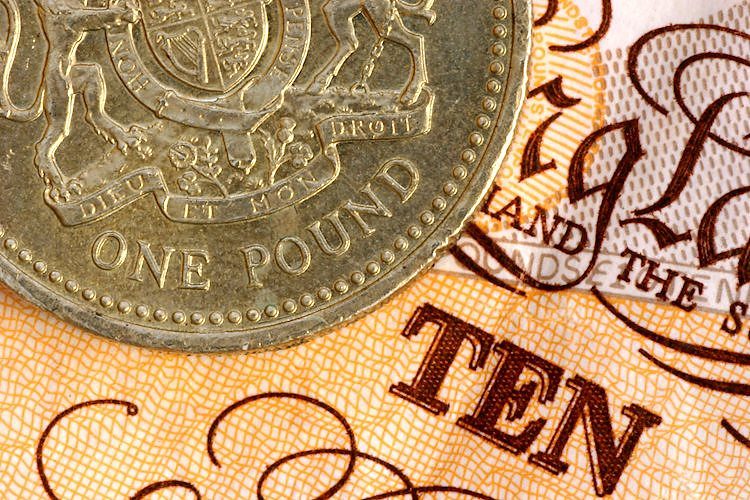The Pound Sterling is facing significant downward pressure against the US Dollar, dropping to near 1.2850, as anticipation grows for upcoming policy meetings by the Federal Reserve and the Bank of England. Markets are predicting that the BoE will cut interest rates by 25 basis points to 5% at its August meeting. However, there is a split in opinions among policymakers, with service sector inflation in the UK standing at 5.7% in June, higher than the bank’s forecast of 5.1%.
The BoE’s decision to maintain interest rates steady in its last meeting was described as ‘finely balanced’ by Governor Andrew Bailey, further fueling expectations of a rate cut in August. Additionally, UK Finance Minister Rachel Reeves announced above-inflation pay rises for public sector workers, adding to concerns about persistent price pressures. The minister is set to present the first fiscal budget on October 30, which will have an impact on the pound’s performance.
The focus for the Pound Sterling remains on the upcoming Fed and BoE policy meetings, with the Fed expected to maintain current interest rates. Investors will closely monitor the Fed’s statement and Chair Jerome Powell’s press conference for hints on future rate cuts. Market experts anticipate that the Fed will signal potential rate cuts in the September meeting, which could weaken the US Dollar and bond yields. The GBP/USD pair is trading near 1.2835 in the American session, within Monday’s range.
The Pound Sterling’s technical analysis shows that it is nearing the lower boundary of a Rising Channel pattern on a daily timeframe. The GBP/USD pair has broken below key support at 1.2900 and the 20-day Exponential Moving Average, indicating uncertainty in the short-term trend. The 14-day Relative Strength Index is approaching 40.00, providing potential support for the momentum oscillator. Key support lies at 1.2800, while resistance is seen at the two-year high near 1.3140.
The BoE’s interest rate decision on Thursday will be a major event for the Pound Sterling, as it will impact the currency’s performance based on the bank’s stance on inflation and interest rates. A hawkish outlook with a rate hike would be bullish for the GBP, while a dovish view leading to unchanged or lowered rates would be bearish. The upcoming releases of economic data, such as US JOLTS Job Openings and UK service inflation, will also influence the currency’s movement in the near term.










